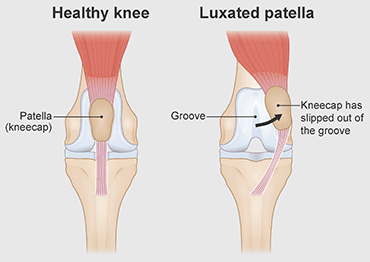luxating patella cats symptoms
Increased pressure on joints worsening an existing condition. However it certainly is something which can happen and owners should be aware of the signs to watch for.
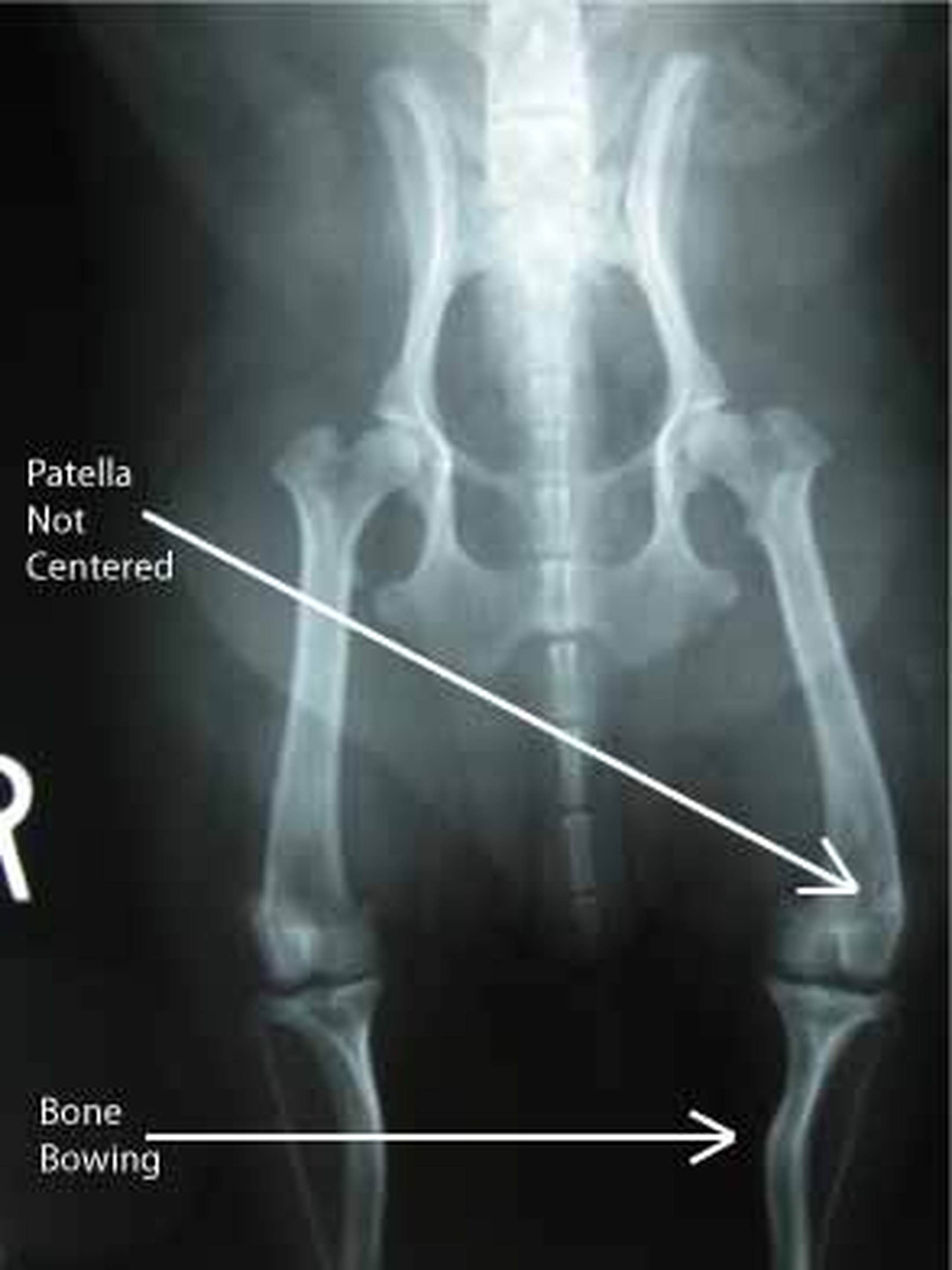
Patellar Luxation Kneecap Dislocation In Dogs Pet Scan Mobile Veterinary Ultrasound Service
Luxating Patella in Cats.
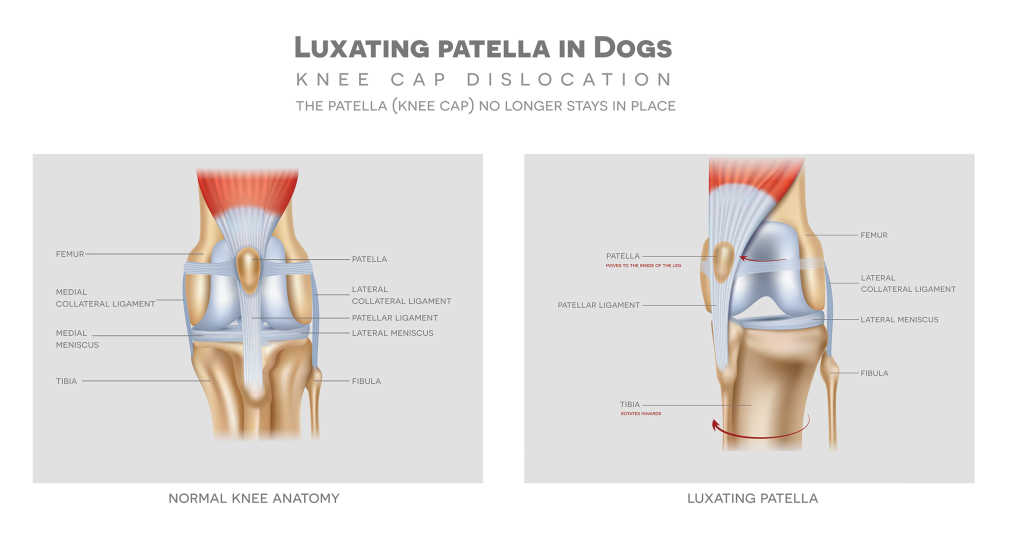
. Patella luxation is usually characterised by a skipping or hopping lameness where the dog or cat will hold their leg up for several steps whilst running and then return to normal. Occasional or constant limping Difficulty jumping onto things like beds and tables Skipping on a back leg holding it up for a few steps then replacing weight onto that leg. Patellar luxations are graded from 1 least severe to 4 most severe based on the amount of time the patella is out of the trochlear groove.
Symptoms of luxating patella. It is also known as trick knee and can come on rather suddenly. The signs of patellar luxation include intermittent on and off lameness an unusual skipping on the affected leg when the cat walks or runs or difficulty in jumping.
Luxating Patella in Dogs Causes Symptoms and Treatment Luxating patella in dogs is a painful knee condition. A luxating patella in which a kneecap moves out of its normal position is a very common occurrence in dogs. An affected dog commonly stops and cries out as he is running then will hold the leg up for seconds to minutes.
Symptoms of a Luxating Patella. Dogs with a grade 3 or 4 luxation in both hind legs may walk with the patellas in the. In general symptoms will become more consistent and frequent as the condition progresses.
When both legs are affected you may see bunny hopping or dragging of the legs for short periods as well as a stiff and awkward gait. The following is a list of each pain level and what the number. This oft-congenital condition is more common in small and miniature breeds and usually becomes prominent in the age of 3 to 4 years.
Even if hes not limping keep an eye on him if hes much less active than usual or isnt jumping up on his favorite windowsill or other preferred perches. Very often the patella pops back in on its own and then the dog usually walks normally again. Once the pressure is removed the dogs patella will go back into place.
Luxating Patella Symptoms. The most common form of patella luxation is medial luxating patella. Some pets might simply freeze in place until the kneecap moves back into position while others may vocally express their pain.
You may notice your dog skip a beat as they walk. While small or toy breeds such as Chihuahuas Yorkshire terriers and Pomeranians are the most prone to a luxated patella this orthopedic condition can affect all breeds of dogs. Sometimes a luxating patella can be treated with physical therapy and.
Kneecap dislocation can be caused by a variety of reason that may or may not require immediate medical addition which is why it is of the utmost importance for a veterinary professional to be consulted when signs are first noted. With a medial luxation the lower part of the leg will usually be held out to the side as long as the kneecap is out of place. If your cat is limping or seems off as he moves he could have a luxated patella.
The system ranks pets symptoms with numbers ranging from 1 to 4 with 1 being the least severe and 4 being the most severe. Abscess from a bite in cats and dogs An abscess is a collection of pus that has built up within the tissue of the body. Luxating patella in cats is often mistaken for a.
Starting with grade 2 symptoms start to show up. Classifications of luxating patella. Grade 1 luxating patella usually comes with no symptoms.
When symptoms do occur they might include lameness and limping. When the kneecap becomes dislocated you may notice your dog hopping on his hind leg holding it up running on three legs or stretching his leg out to try to pop the. In severe cases the slipping from the normal position may be painful and may cause your dog to yelp.
The main symptom of luxating patella is an intermittent hopping on the limb when the patella pops out of place. While we see this relatively commonly in small breed dogs it is much less of an issue in cats. Depending on the grade of the disorder some pups may not show any symptoms of patellar luxation.
Patellar luxation is most prevalent in small dogs but it has been increasing in large dogs as well. Your dog may get up from a lying position more slowly and carefully. Luxating Patella in Dogs.
Symptoms of Luxating Patella. A luxating patella will cause the feline to display an unusual gait as the knee joint cannot function as it would normally. The symptoms of patellar luxation will be quite obvious to the owner however the types of symptoms will depend on the severity of the condition.
Some dogs may skip when running hold up or shake the affected leg or yelp in pain. With a majority of dogs the signs are fairly easy to spot. In the early stages of luxating patella the condition may not cause too much pain to the dog.
The knee joint may lock up in an abnormal position causing your dog to walk on 3 legs. The kneecap is loose but will only get dislocated once pressure is applied. Symptoms of luxating patella in cats include.
While the term luxating patella sounds complicated it is really just another way of saying a dislocated kneecap. In this case it has been caused by a bite wound. Symptoms Sudden lameness traumatic or intermittent lameness affecting one or both of the hind legs As the cat walks he may skip or hop on the affected leg or frequently pull the rear leg up towards the body Reluctance to jump and climb Stiffness in.
There are four different classifications that veterinarians use to judge the gravity of a pets luxating patella. In this case your dog may start limping or holding the affected leg up. Some symptoms of a luxating patella include periodic lameness licking or chewing near one or both knees and limping in one or both legs.
The symptoms a pet exhibits will vary depending on their particular level of pain tolerance. Certain cat breeds like the Abyssinian Devon Rex and the Burmese are more likely to develop patellar luxation. This may also be caused either by injury or is congenital.
Cats can also be prone to patellar luxation. Symptoms associated with patellar luxation vary depending on the severity of the disease.
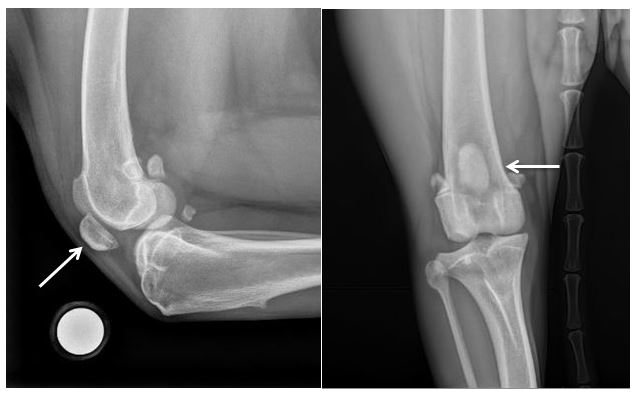
Patellar Luxation Pawsitive Steps Rehabilitation Therapy For Pets Troy Mi
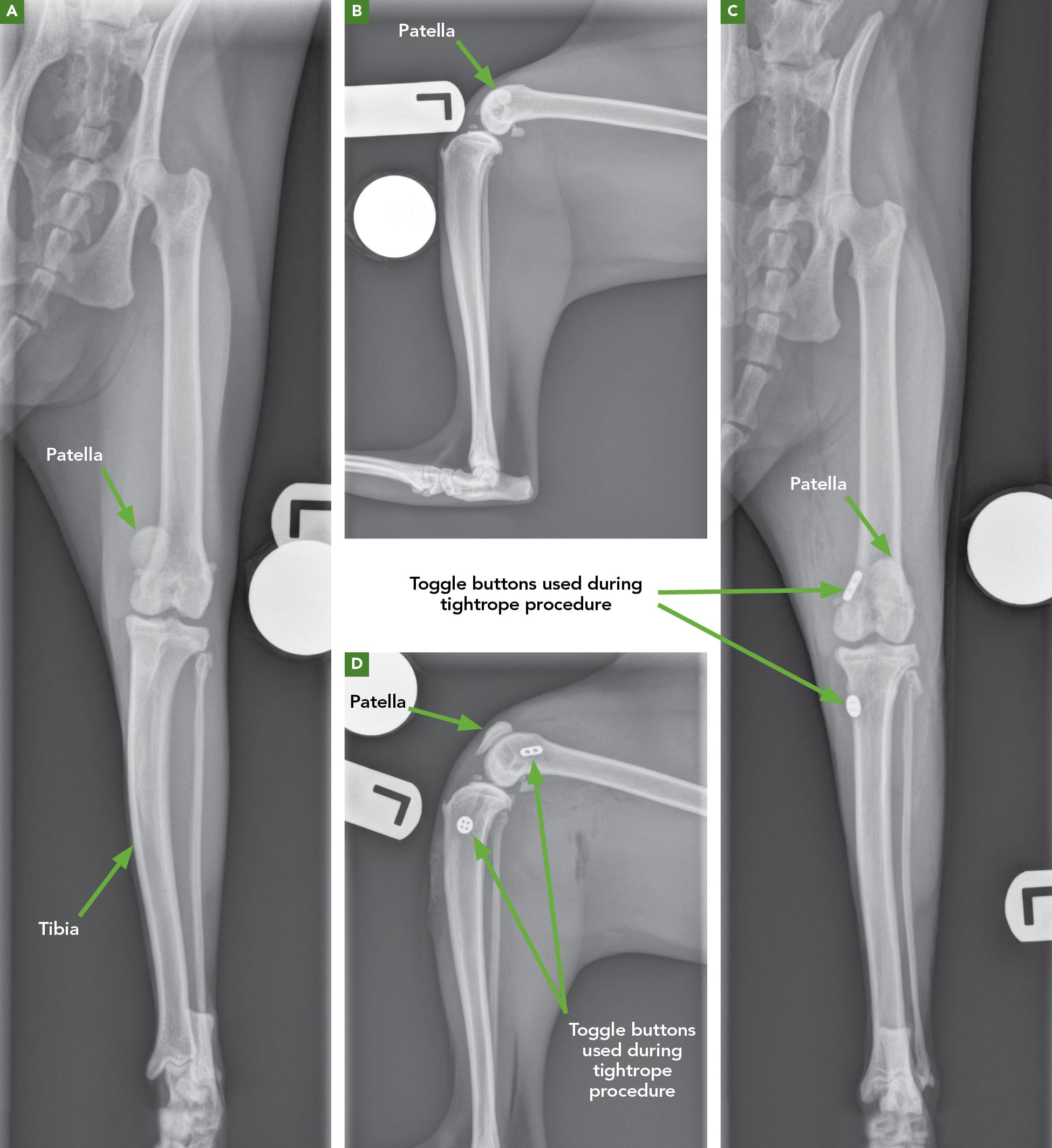
Luxating Patellas Pathology And Treatment Options Today S Veterinary Nurse
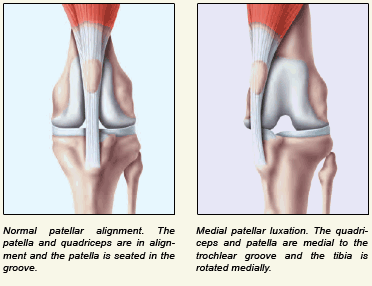
Medially Luxating Patella Longwood Veterinary Clinic

Management Of Medial Patella Luxation In The Dog Cat
Luxating Patella Causes Treatment
Luxating Patella Meadows Veterinary Clinic Of East Peoria

Mpl Surgery For Dogs What To Expect Animal Surgical Animal Surgical And Orthopedic Center A Better Way To Operate Since 1986
/GettyImages-638142640-a73f293767c5407bb1dd827e00e739b4.jpg)
How To Treat Luxating Patella In Cats
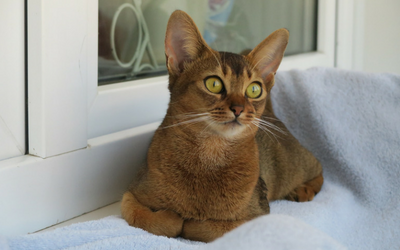
Luxating Patella In Cats Vca Animal Hospitals
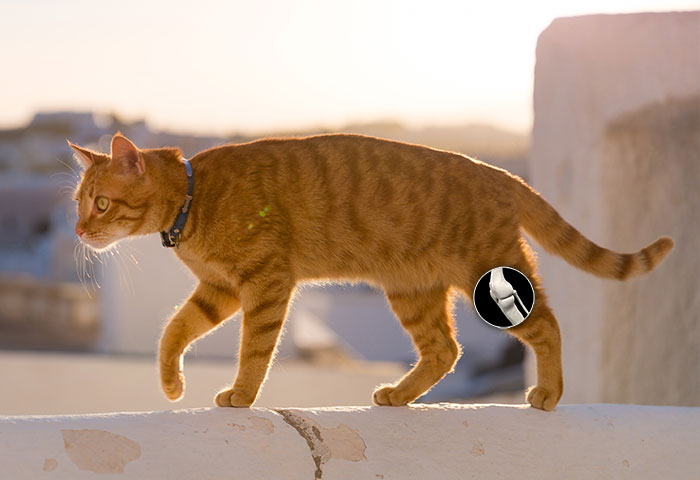
Feline Hind Limb Knee Injuries Packerland Veterinary Center
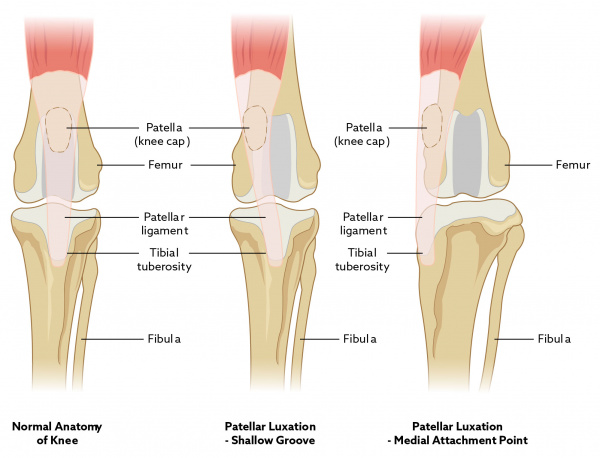
Luxating Patella In Cats Vca Animal Hospitals
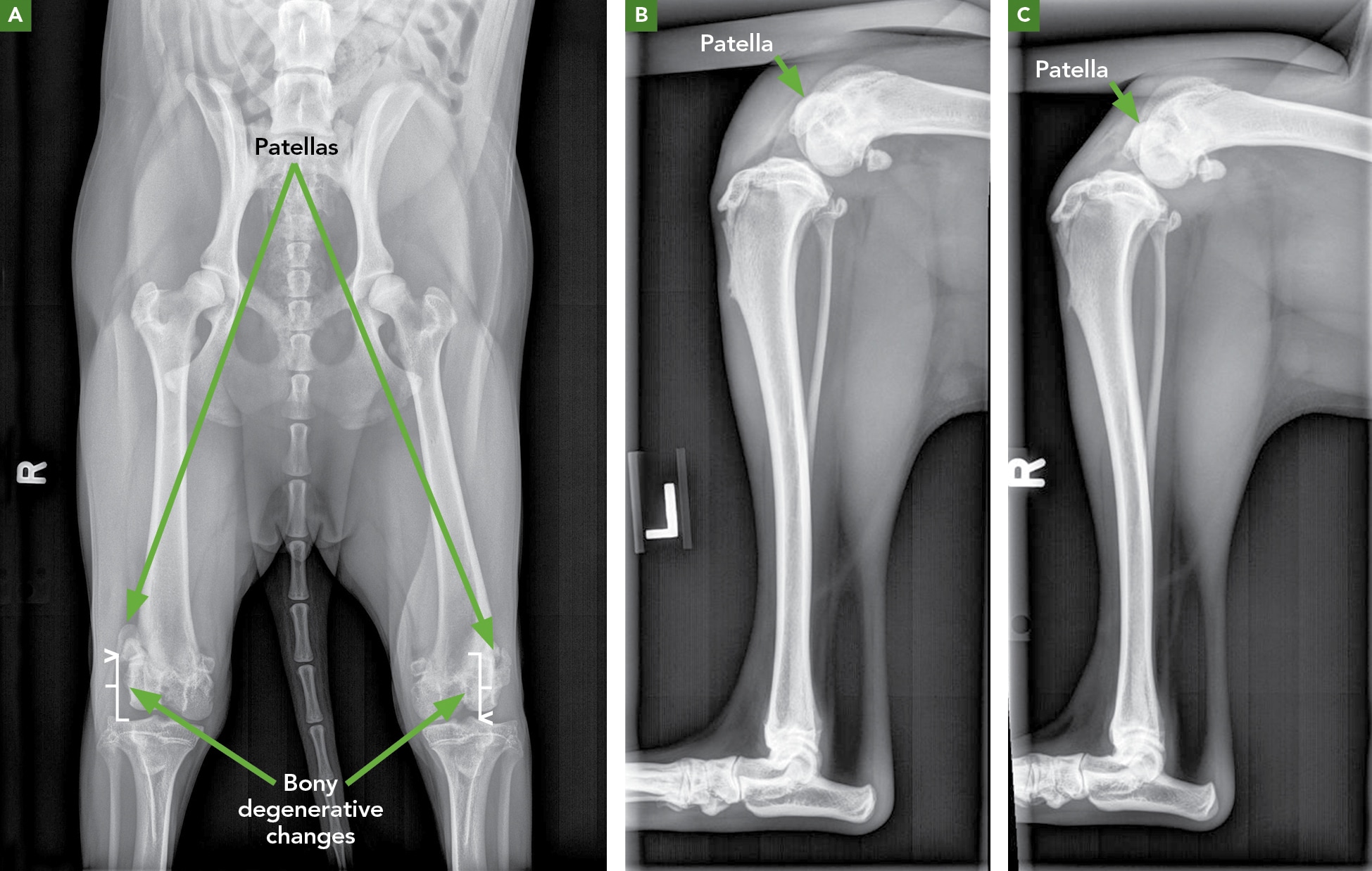
Luxating Patellas Pathology And Treatment Options Today S Veterinary Nurse

Luxating Patellas In Dogs And Cats Small Door Veterinary

Jade S Double Knee Patella Luxation Youtube

Luxating Patella In A Cat Youtube

Patellar Luxation In Cats International Cat Care
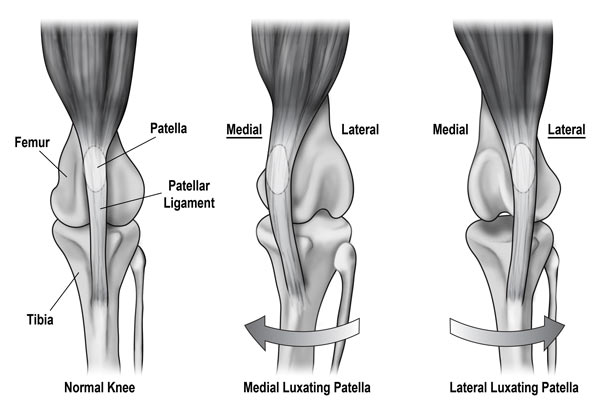
Patella Luxation A Common Orthoapaedic Problem Albert Park Vet

Surgical Correction Of Patellar Luxation In Cats Today S Veterinary Practice
